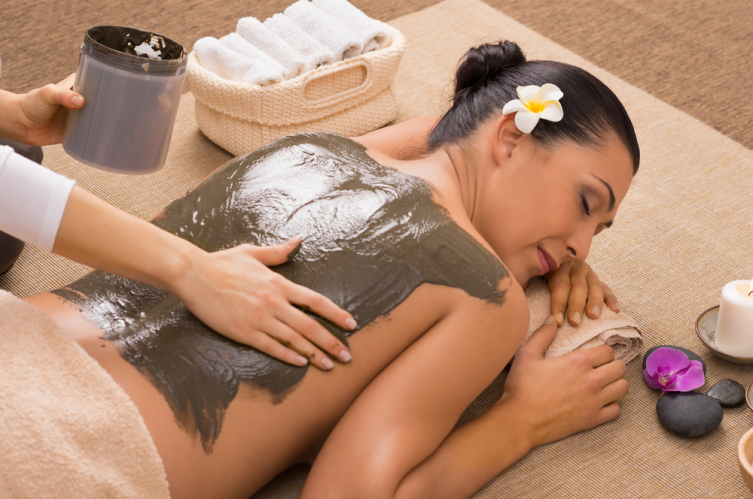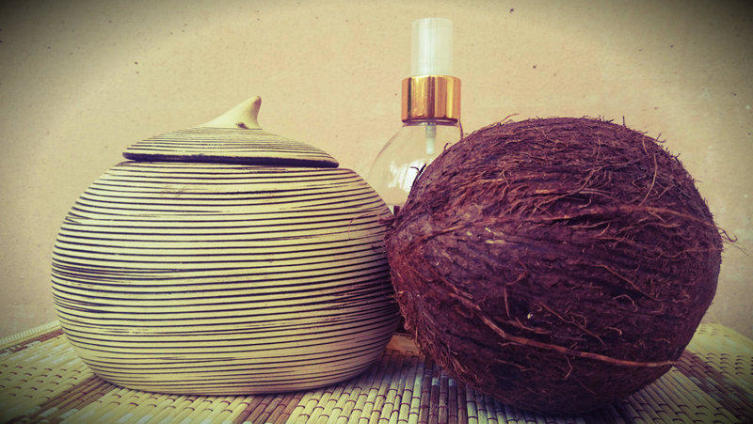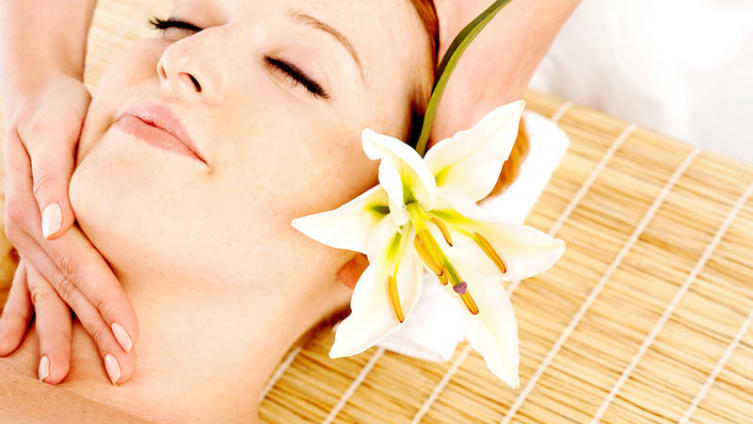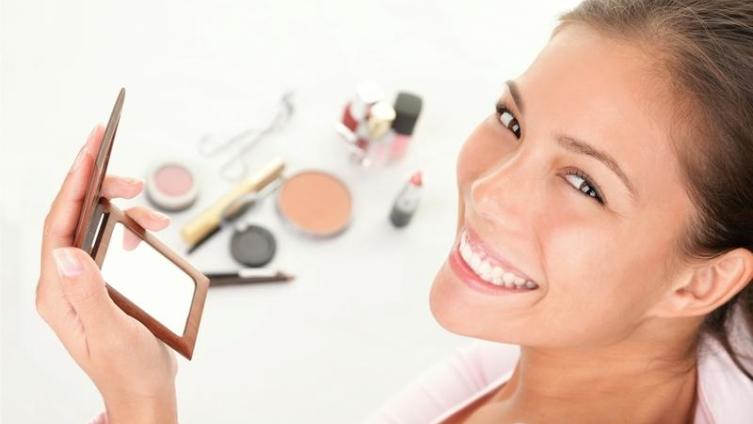What is chemical peeling? Stages of the procedure
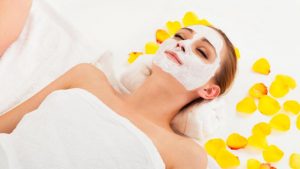 Peeling procedure .For carrying out chemical peels, several techniques have been developed that have their own characteristics. Peeling composition can be applied to the skin with a brush, gauze wipes, cotton pads and sticks. The duration of the peeling exposure is determined by several factors: frost effect, erythema, swelling, soreness, burning sensation. The expressiveness of these sensations directly depends on the type of acid, since, interacting with the skin, it comes into contact with the surface nerve endings and thereby provokes a burning sensation. To date, there are peels that have been added blockers (strontium), reducing pain and minimizing the inflammatory response. Any peeling is accompanied by peeling and redness of the skin after the procedure. Redness lasts from 20 minutes to a month. After surface peeling, it usually does not linger for more than two hours, with a surface-median – up to two days, with a median – up to a week. Peeling also depends on the type of peeling. It will not last for more than a week with superficial and middle peeling, and with phenol it depends directly on the concentrate. Edema – a reaction to the median peelings and peeling with retinoids. When peeling with ANA-acids, they usually do not exist. How is the procedure?
Peeling procedure .For carrying out chemical peels, several techniques have been developed that have their own characteristics. Peeling composition can be applied to the skin with a brush, gauze wipes, cotton pads and sticks. The duration of the peeling exposure is determined by several factors: frost effect, erythema, swelling, soreness, burning sensation. The expressiveness of these sensations directly depends on the type of acid, since, interacting with the skin, it comes into contact with the surface nerve endings and thereby provokes a burning sensation. To date, there are peels that have been added blockers (strontium), reducing pain and minimizing the inflammatory response. Any peeling is accompanied by peeling and redness of the skin after the procedure. Redness lasts from 20 minutes to a month. After surface peeling, it usually does not linger for more than two hours, with a surface-median – up to two days, with a median – up to a week. Peeling also depends on the type of peeling. It will not last for more than a week with superficial and middle peeling, and with phenol it depends directly on the concentrate. Edema – a reaction to the median peelings and peeling with retinoids. When peeling with ANA-acids, they usually do not exist. How is the procedure?
1. Cleansing. Cleansing is usually carried out with the help of milk with hyaluronic acid, which is ideal for both the skin of the face and the delicate skin around the eyes and eyelids. It does not irritate the skin at all, and its components are harmless even in the summer. After cleansing with milk, the face is rubbed with tonic with hyaluronic acid, and only after that the cleansing gel with 5% glycolic acid is applied. It removes the remnants of fat, sebum, levels the pH and provides a uniform flow of acid into the skin. This gel can not be used for the area around the eyes! Another important warning: in no case can not clean the skin with soap or other alkaline products, because it leads to a change in skin pH and significantly affects the effect of peeling.
2. Application of acid. Using a fan brush, the gel is applied to the skin in the following sequence: forehead, nose, temples, lateral surface of the cheeks, neck, chin, central part of the face, and finally the stationary part of the face. The eye area is encircled around with a distance of 1 cm from the ciliary edge of the upper eyelid and 0.5 cm from the lower one. If the acid gets into the eyes, they should be very thoroughly rinsed with plenty of water.
3. Neutralization. The peeling procedure should be stopped if you notice at least one of the following symptoms: The appearance of a visible light erythema. If the patient is not able to suffer a burning sensation, even though there are no external visible manifestations. Strictly at the onset of exposure time. For each acid with a different content of% and pH it is from 10 to 15 minutes maximum. For the skin of the eyelids – from 30−40 seconds, up to 2 minutes maximum. Neutralization after peeling is a necessary and important step, because washing off the acid without neutralization often causes skin burns.
4. Timing. The beautician should mark the time of exposure peeling. A gradual increase in time from procedure to procedure indicates that the skin adapts to the acid and thus shows and prompts the beautician when it is possible to increase the concentration of acid.
5. Removal of acid residues. After neutralizing the neutralizer and acid residues, rinse thoroughly with plenty of water. Post peeling care After the peeling procedure, you should apply a moisturizing serum with hyaluronic acid. It optimally helps restore skin hydration and moisturizes the epidermis. For oily skin as necessary, you can apply a soothing post-peeling mask for 10 minutes. It has a calming, nourishing and decongestant effect. Recovery after peeling The recovery period after surface peeling will last 2–3 days, after a medium peeling – 5–14 days, after a deep peeling it can last from one month to six months. The main task of post-peeling recovery is leveling of discomfort, preventive procedures to prevent side effects, as well as all sorts of complications, stimulation of the regenerative process, skin protection, antioxidant and anti-inflammatory therapy. After the peeling procedure, it is necessary to use a regenerating cream and serum with hyaluronic acid for 2–3 days. It is important to note that creams must contain sunscreens of at least SPF30. Indications for use: – hyperpigmentation of the skin; – problem skin (rosacea, ichthyosis, actinic and seborrheic keratomas, acne, xerodermia); – post acne scars, atrophic scars; – skin aging (reduction of turgor, wrinkles, microrelief disturbances, loose skin). Chemical peels are used to correct all kinds of skin changes, whitening, improve texture, increase elasticity and revitalize skin color.
